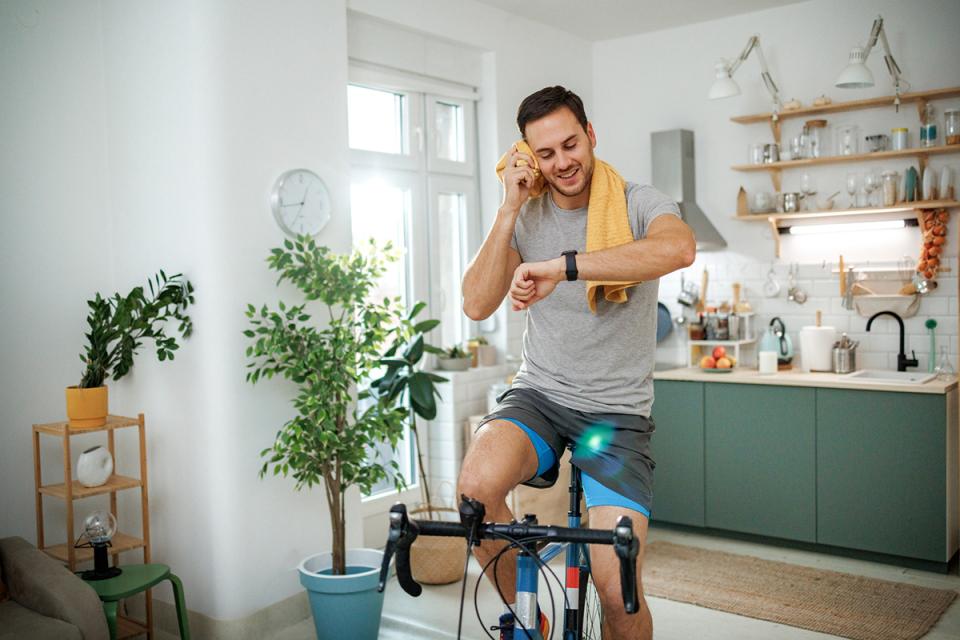Looking for an easy way to track your health? Wearable tech is a smart choice. From sleek fitness rings to cutting-edge augmented reality glasses, these gadgets help you optimize workouts and manage overall health.
David Carfagno, DO, board-certified sports medicine specialist at HonorHealth, dives into the perks and pitfalls of wearables.
“Fitness wearables have evolved into multi-functional devices that not only track physical activity, but also monitor various health metrics, including heart rate variability, blood oxygen, sleep patterns and even stress levels,” says Dr. Carfagno. “The rise of wearable technology has been fueled by advancements in sensors, battery life and connectivity, making these devices more accurate and user-friendly.”
A game changer for athletes
Evolving technology is leading to better and faster advancements in sports medicine, according to Dr. Carfagno. By looking at the data, coaches and trainers can tailor programs to address needs on an individual level.
“These devices can help athletes monitor physical exertion and recovery, preventing overtraining and injuries,” he explains. “They can also help with rehabilitation by providing real-time feedback for patients and healthcare providers, ensuring exercises are performed correctly and effectively.”
Embracing endless possibilities
Today’s wearable technology is designed to be inclusive, catering to individuals of all ages, abilities and medical conditions. “Small nudges to perform healthy actions throughout the day can create a lifestyle centered around proactive and preventive health management,” notes Dr. Carfagno. “Wearables build self-awareness and provide real-time feedback, supporting wellness and enhancing quality of life.”
Related articles
From pain to possibility
Matt used to say no to walks or other activities. Now he says yes to everything.

